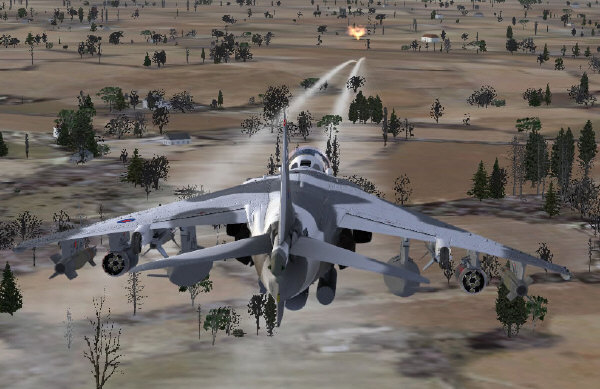
We offer professional trainings on the different standards for the aerospace industry.
Fremont, CA, September 7, 2016: A provider of professional trainings in the areas of regulatory compliance, human resources, healthcare and IT, offers trainings from experts on the application of the standards for the aerospace industry with the aim of enhancing the working knowledge of professionals whose work involves the application of these standards and to clarify on the different standards. Compliance4All, a premier brand from offers these trainings.
Differences between the two standards:
There are two ISO standards for the aerospace industry: the AS9100 and the ISO 9001. The ISO 9001 is considered the forerunner of the AS9100, which, based on the former, was released in 1999. The AS9100 standard was formulated because it was felt in the industry that the ISO 9001 in itself was not sufficient for serving its primary purpose: That of ensuring that the use of materials and manufactured items that are deemed safe are suitable and acceptable for their application in the aerospace industry.
While it true that the AS9100 came from the ISO 9001 standard for the reason mentioned above; both these need to be used in tandem in the aviation industry. For their use and applications to be effective and optimized for the industry; their uses have to be aligned with each other.
While retaining all the elements of the ISO 9001; the AS9000 adds in some requirements that need to be implemented as an adjunct in organizations that need to implement ISO 9001-compliant Quality Management System (QMS) that fits into the needs of the particular industry in which it is being implemented.
The AS9001’s main aim is the establishment of a solitary, unified Quality Management System (QMS) for use within the aerospace industry. In doing so; the AS9100 fulfills the quality requirements as required by agencies such as the NASA, the DOD and FAA. In other words, AS9100 calibration requirements take care of all the calibration requirements set out in ISO 9001, apart from those in ISO 13485.
Trainings that clarify on the important areas:
Offers its professional trainings for aerospace industry professionals on important areas such as this. Its experts, who are from senior positions in the industry, impart trainings that help aerospace professionals understand the elements of the differences between these standards, how these differences need to be understood, how each standard needs to be applied, and so on. The ways in which these two standards need to be adapted for the industry, the situations in which each can be applied in the industry, and the ways by which they can be strengthened, unified, streamlined and harmonized will be taught at these trainings.
Trainings help professionals from the aerospace industry get a clearer idea of the difference between the two standards. The more pronounced areas of difference between the two relate to the following:
o The requirements needed for planning ways to realize a product
o The area concerning the design and development of the standard
o Requirements relating to ways of purchasing products and of purchased products
o The section which concerns the production and service provision
o A few stated methods of preserving the product
As a result of these trainings; professionals in the aerospace industry will be able to understand the difference between these two standards, will have the knowledge needed to pass an audit, identify ways of properly defining ingredients within the system, such as inputs, outputs, resources and controls, and the costs involved in implementing these.
